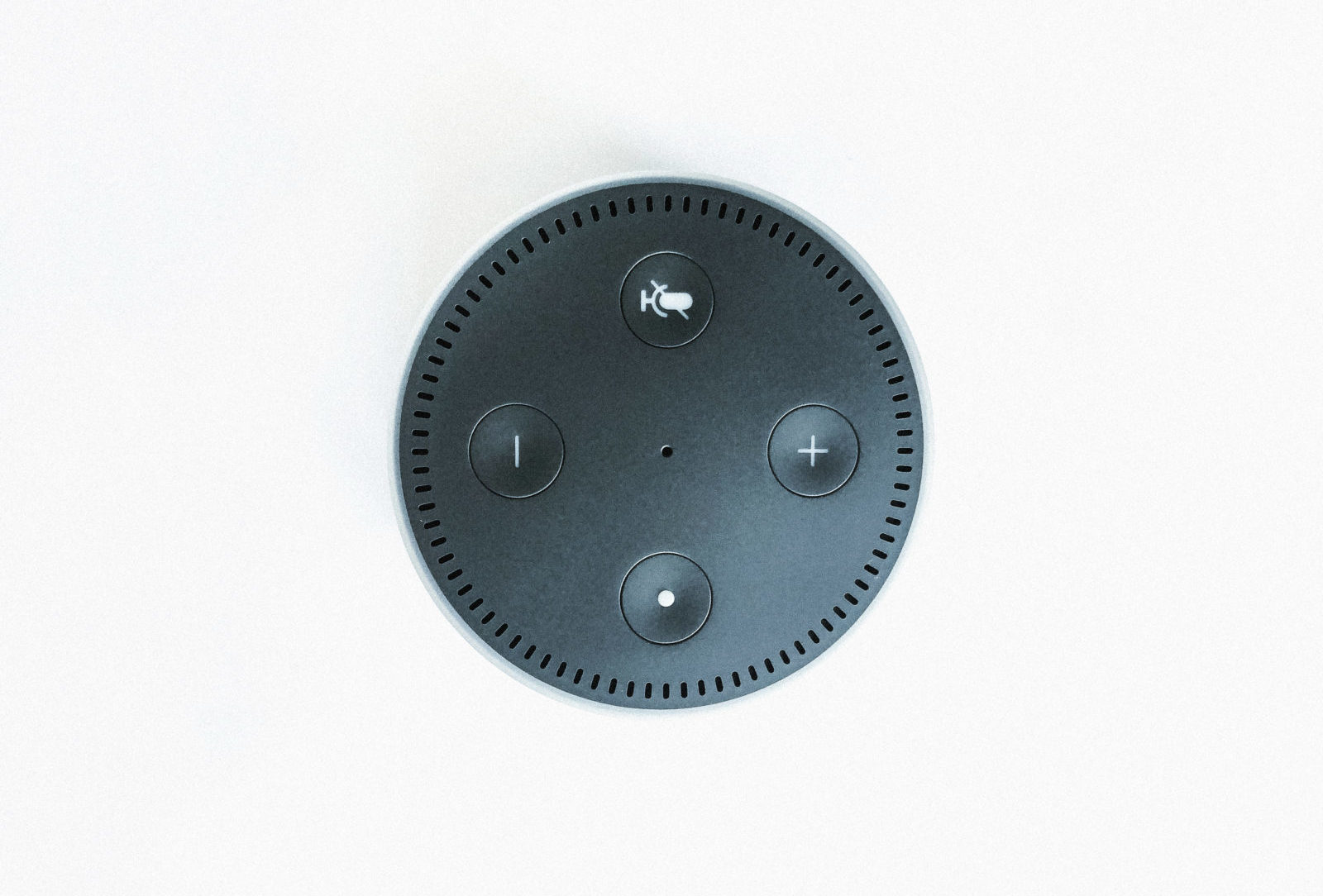The Hot New Tech: Everything

As technology journalist Walt Mossberg observed earlier this year in his final regular column, the computer is disappearing. It is poised to “fade into the background,” indistinguishable from other devices. The line between regular devices and “computing devices” is now blurred as software has become ubiquitous.
This transition has been underway for some time now. In a 2016 report on embedded software in consumer devices, the U.S. Copyright Office noted that “[i]n the near future, software will be behind even more innovations, like artificial intelligence and advanced robotics… consumers now routinely use software-enabled products for everything from adjusting the thermostats in their homes, to driving to work, to getting a midnight snack from the fridge.” In short, software is everywhere. But the marketplace is going to change even more.
Technology will soon evolve beyond software-enabled devices, as well as network-connected “Internet of Things” devices. Of course, IoT devices will remain important; the smart thermostat isn’t going anywhere anytime soon. But connected devices are moving toward becoming an infrastructure layer. They will soon provide environments where consumers can access many different types of software — like digital assistants — from different providers.
To better understand where we’re going, it helps to reflect on how software has evolved. In the pre-mobile era, consumer-facing software largely fell into two categories: programs and operating systems. Later, in the mobile era, we began to think about programs as “apps.” The term “apps” includes software that functions like a traditional program, as well as software that is really a “front end” for an Internet-enabled service. For these apps, software resides on the device, but most functionality comes from information being retrieved in real time, online.
Consumers generally don’t differentiate between these two types of applications, at least not until they switch on Airplane Mode. But we’re moving past mobile app interaction now, too. We’re moving toward what Gary Shapiro, CEO of the Consumer Technology Association, once described as a “software everywhere” world. It’s a post-mobile marketplace. In the post-mobile marketplace, the services we want will be seamlessly accessed through all the devices we own. For example, you can already listen to Pandora and Spotify “everywhere,” through devices ranging from smart TVs and speakers to gaming consoles, cars, and even home appliances like smart fridges.
Similarly, you can access your Dropbox files wherever you are – not simply because they’re available on your mobile device, but because Dropbox is available on nearly every device you use. These well-established successes only scratch the surface, of course. Still, they suggest a future where software-enabled services are available everywhere that consumers might want them. Stated otherwise, software is “mobile” when you can carry it with you, but will be “everywhere” when you don’t even need to carry it with you, because everything around you can run it. In his column, Mossberg referred to this as “ambient computing.”
These changes will soon reach the car, the television, and virtual reality/augmented reality devices, which already include offerings from Oculus, Google Daydream, Microsoft Windows Holographic, and Sony.
Digital assistants also lend themselves to this environment. Sometimes referred to as “artificial intelligence” (AI), digital or virtual assistants are frequently conflated with “smart speakers,” but they are in reality an interface for a continuous service, based on machine learning technologies. These surprisingly popular products are often characterized as “smart speakers” because music has proven to be the most interesting short-term application, but the use cases multiply as digital assistants become available in more and more contexts. There’s no requirement that they remain tethered to a cylindrical thing on your kitchen counter. Before long, machine learning-powered services will be widely available, everywhere.
For example, Amazon’s Alexa service is available on its Echo devices, but also television-connected devices as well as a mobile app. (It’s also available on Sonos speakers, an LG fridge, a Westinghouse TV, some car models, at least one watch model, and alarm clocks like the Vobot.) Google’s Assistant will soon expand beyond Google Home devices and Pixel phones, to Sonos speakers, as an alternative to Alexa. Apple’s Siri — available in iPhones, Apple TVs and Apple’s forthcoming HomePod — is also expected to be available on Sonos speakers.
Other assistants will soon also provide a multi-device experience. Microsoft’s Cortana, available on new PCs and XBoxes, is now also available through Harman-Kardin’s Invoke, and Samsung’s Bixby is planned for various appliances and a forthcoming smart speaker. Facebook is poised to deliver its own multilingual assistant through popular apps like Messenger, and other foreign language assistants are becoming available too.
The fierce competition in this space is only the beginning, as assistants can be embedded in virtually anything. Eventually, consumers won’t look to a cylindrical countertop object for their virtual assistants: they’ll expect it everywhere, on everything. In that not-too-distant future, we’ll summon a personalized virtual assistant of our choosing in nearly every software environment we encounter.
This is why the next “hot new tech” isn’t going to be a device at all. Instead, the next wave of technology innovation will enable seamless interaction with devices, as software-driven services take center stage.








